Description
A fibroadenoma is a noncancerous (benign) breast lump that is most commonly found in young women between the ages of 15 and 35. Here are some key points about fibroadenomas:
Characteristics:
- Painless: Typically, fibroadenomas do not cause pain.
- Round and Smooth: They have distinct, smooth borders and can feel firm or rubbery.
- Movable: They move easily under the skin when touched.
- Size: They can vary in size, from as small as a marble to larger than 2 inches in diameter.
Causes:
The exact cause of fibroadenomas is not known, but they are believed to be related to reproductive hormones, particularly estrogen. They often grow during pregnancy and may shrink during menopause.
Diagnosis:
- Clinical Breast Examination: A physical exam to check for lumps.
- Imaging: Mammograms and ultrasounds are used to visualize the lump.
- Biopsy: Fine needle aspiration or core needle biopsy may be performed to analyze the tissue.
Treatment:
- Monitoring: Many fibroadenomas do not require treatment and are simply monitored for changes.
- Surgical Removal: If necessary, the lump can be removed through a procedure called a lumpectomy.
- Cryoablation: A less common procedure where the lump is frozen and destroyed.
Complications:
- Rare Cancer Risk: In very rare cases, fibroadenomas can contain cancerous cells.
- Growth and Changes: They can grow larger or change in size, especially during hormonal changes.
Who is it Suitable For?
- Young Women: Most common in women aged 15 to 35.
- Pregnant Women: May grow during pregnancy due to hormonal changes.
Who is it Not Suitable For?
- Older Women: Less common after menopause.
- Men: Rarely occurs in men.
Advantages:
- Noncancerous: Generally benign and not life-threatening.
- Easily Monitored: Can often be managed with regular check-ups.
Complications:
- Rare Cancer Risk: Slight risk of containing cancerous cells.
- Potential Growth: May grow or change in size, requiring further evaluation.
Previous Care:
- Regular Check-Ups: Routine breast exams and imaging to monitor any changes.
Aftercare:
- Follow-Up Appointments: Regular monitoring to ensure no changes in the lump.
- Self-Exams: Regular self-breast exams to detect any new lumps or changes.

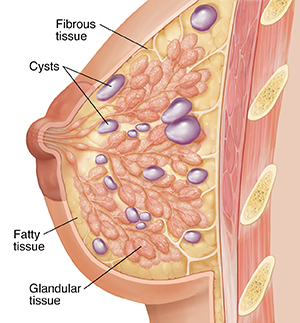


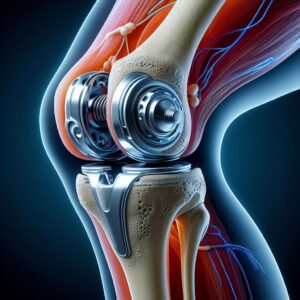
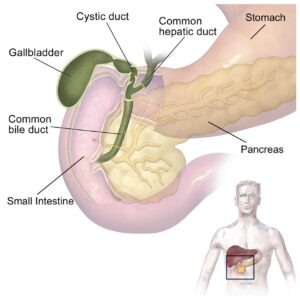


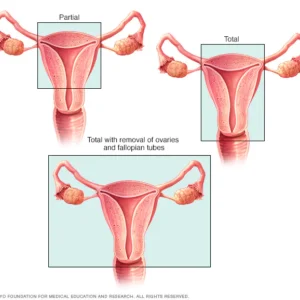
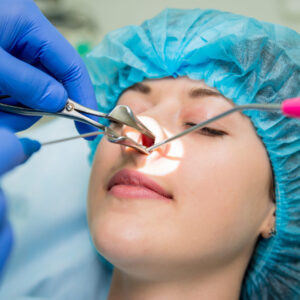
Reviews
There are no reviews yet.